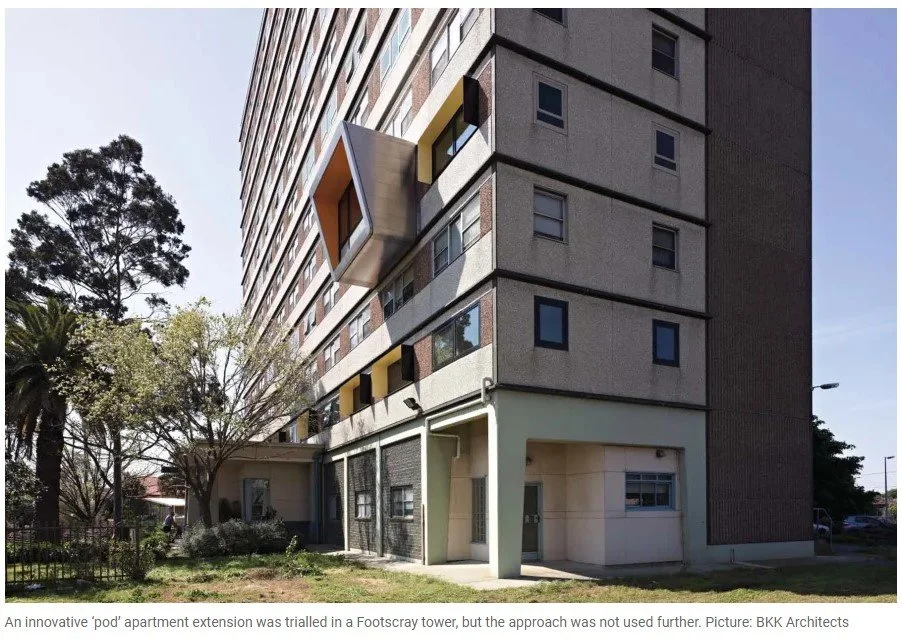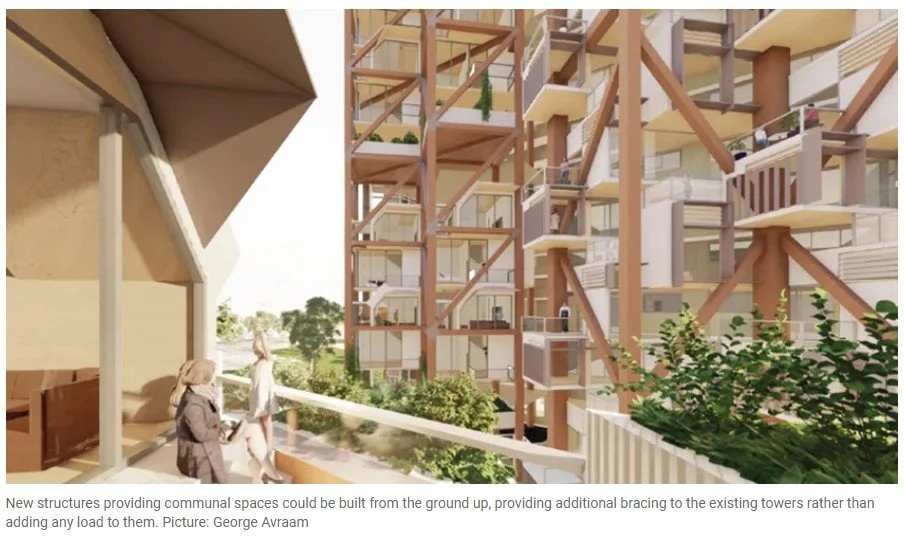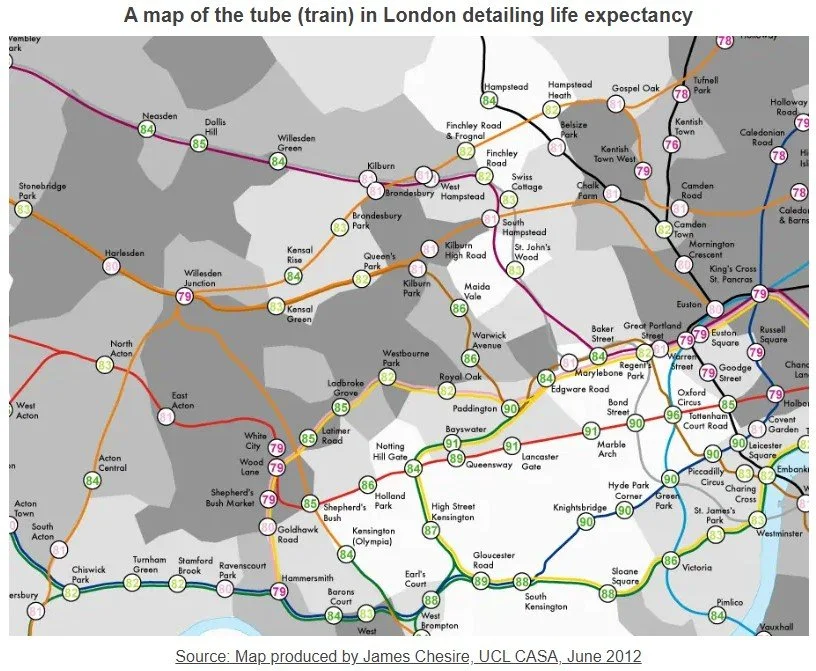Jarrod Reedie is the Assistant Editor of Architecture & Design's digital and physical publications. Since joining the masthead in 2021, the budding writer has penned a number of articles on defining residential, commercial, cultural and education projects both at home and abroad. Reedie was recently given exclusive access to Moreau Kusunoki and Genton's Powerhouse Parramatta project, recognised as the biggest cultural project to be built in Australia since the Sydney Opera House.
A couple of months ago we reported that the Sydney Opera House had received a 6 Star Green Star rating. An incredible achievement for all involved.
Recognised as a paragon of sustainability across the globe, the Sydney Opera House’s journey has been decades in the making. The creation of the institution’s Environmental Sustainability Policy and subsequent Environmental Action Plan put them on the path, with a number of pioneering initiatives (more on that later) resulting in the certifications.
Working closely alongside the Green Building Council of Australia, the Opera House created a pilot performance tool, which sought to measure the performance of an existing building. The Opera House’s Environmental Sustainability Manager, Emma Bombonato (pictured below), explains.
We're looking at performance against ourselves rather than compared to another kind of cultural institution or performing arts venue. It's really important because it sets the trajectory,” she says.
“Four star Green Star was achieved, followed by Five Star Green Star three years later. Our big ambitious goal for our 50th year was to achieve a Six Star Green Star rating.
“It laid the foundation for what we were looking for, but we had been working on it for over 10 years. So, in terms of us being able to get there, it's been a long time, but it's really been something that the whole organisation has known about and has been committed to since 2010.”
The Environmental Action Plan, or EAP for short, is broken up into a number of focus areas, including engagement and experience, building performance and community engagement. Eight hero goals are contained within the report, which is to do with the likes of building performance, energy consumption, water consumption, and increasing waste targets. Bombonato says the goals set were extremely ambitious, but each has been carried out.
“We wanted to achieve an 85 percent recycling rate, ensure all construction waste was diverted from landfill, eliminate single-use packaging, and embed sustainability in performances and outdoor events to align with international best practice. The objective is to achieve sustainable event management compliance with the international standard.”
2018 saw the Opera House reach carbon neutrality, with a major part of this certification attributed to the adoption of renewable energy. Despite the fact that you can’t exactly place solar panels on arguably the most recognisable building in the world, the Opera House team found a way.
“Renewables on-site are not a possibility for us, but we looked at a new model that was becoming more commonplace,” Bombonato continues.
“With the renewal of our electricity contract, we started thinking about the benefits in terms of reducing carbon emissions over time and contributing to New South Wales' transition to renewable energy. We've now procured 100 percent renewable energy, demonstrating that various models can achieve this goal.”
Arguably the most intriguing project that assisted in the achievement of 6 Star Green Star is the creation of an artificial reef at Bennelong Point (pictured above), which has boosted local ecosystems. Bombonato says she inherited the project when she joined the Opera House, but regards it as her favourite to date.
“We received a grant from the New South Wales Environmental Trust, collaborating with UTS. The project involved installing structures along the sea wall to create habitats, about 28 little pods in groups of three. They are designed to mitigate the decline in natural habitat caused by the artificial seawall," she explains.
"With that, in 2017, the reef structures were installed and over time, they became crusted with plant and materials like kelp, creating a habitat for juvenile fish species. Baseline surveying was done before installation, and post-installation surveys now show around eight additional species being surveyed around the site, proving the success of this type of project.
“Recently, the white seahorse, an endangered species, was discovered on the site, making it a significant achievement for the project. It allows us to contribute to and create awareness for the marine environment in Sydney Harbour, which is our backyard and needs protection.”
Looking forward as opposed to back, Bombonato is focused on what comes next. The current EAP is due to finish at the end of 2023, with ARM Architecture’s recent refurbishment of the interior spaces (pictured above) laying the platform for the future.
“From an environmental perspective, it's about ensuring that environmental sustainability and heritage conservation work together. We aim to retain and look after the heritage fabric while renewing the space to meet organisational and community needs,” Bombonato says of the ARM project.
“Now, we're looking at what's next and how we can integrate environmental and social sustainability goals more cohesively. Maintaining our Six Star Green Star is crucial, but we also aim to become climate positive by looking at electrification, fossil fuel-free options, circular economy, and contributing positively to nature and the environment.
“We want to demonstrate leadership and inspire others to take action."
This article was originally published on the Architecture & Design website. Read it here.









































































